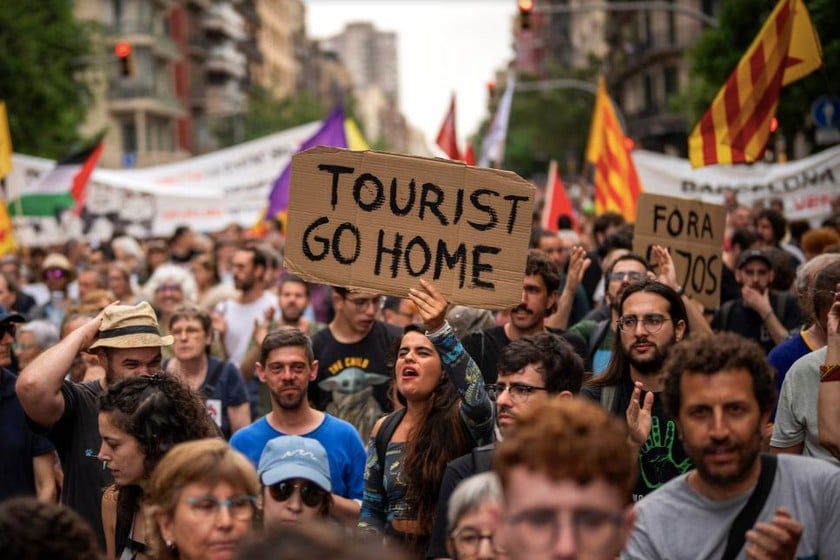 |
| Barcelona residents protest against overtourism. (Photo: AP) |
(PLVN) - Overtourism is becoming an urgent problem, affecting famous tourist destinations around the world. This situation has forced many countries to adjust tourism policies such as increasing taxes and fees to control the flow of tourists and reduce negative impacts.
Europe responds to tourist overload
The rise of international flights, cheap accommodation, and aggressive tourism promotion are flooding many European destinations with international visitors. However, this is not necessarily a good sign when the flow of tourists is too large at the same time, putting pressure on infrastructure, degrading the natural environment, and disrupting the lives of local people.
Barcelona, Spain, and Venice, Italy, are prime examples, where the narrow streets and historic centers are flooded with millions of tourists each year. Venice, which receives a huge number of visitors annually, is estimated to be close to 30 million. Local authorities have implemented a series of measures to mitigate the damage, including a trial of a short-term tourist tax from April to July, which has had positive results. The fee, which costs 5 euros (about 5.35 USD), can be paid in one go and allows for day trips to Venice and the small islands of the surrounding lagoon. This solution contributes to the cost of protecting and preserving the city's cultural heritage.
Similarly, Spain has seen a significant surge in tourism, especially during international events such as the Barcelona Formula 1 Grand Prix. This has not only put pressure on public transport and increased property prices, but has also made residents uncomfortable. As a result, the government has limited the number of new hotels and tightened regulations on short-term rentals in an effort to curb the rise of platforms such as Airbnb. For example, the island of Palma de Mallorca is imposing time limits on tourist rentals. Meanwhile, the city of Barcelona has announced that the licenses for around 10,000 holiday apartments that are set to expire in 2028 will not be renewed in an effort to ease the pressure on the housing market. The city has also announced plans to ban short-term rentals starting in November 2028.
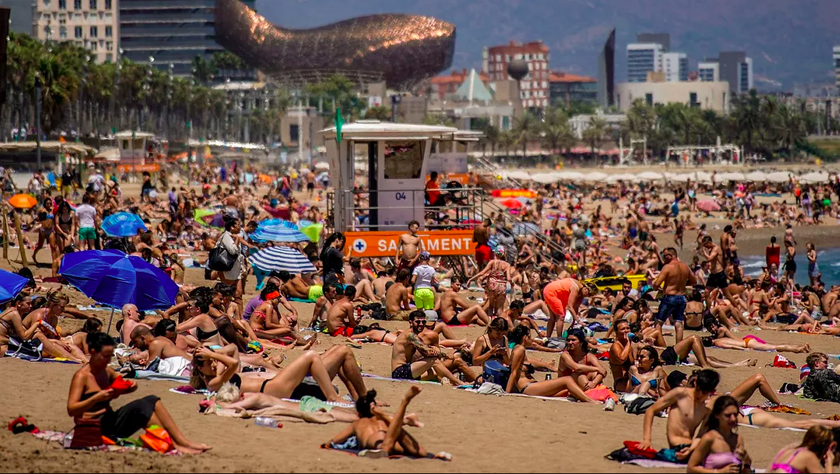 |
Overcrowding puts a lot of pressure on destinations. (Photo: AP) |
In early September, the New Zealand government announced that it would nearly triple its entry tax on international visitors, effective from October 2024. The new entry fee will be increased from NZ$35 to NZ$100 (approximately US$62.2). The aim of the increase is to ensure that visitors contribute more to environmental protection and improve the quality of public services during their visit to the country. The NZ$35 fee has been in place since July 2019, but it is not enough to cover the costs of overtourism. The government has also increased visa fees and proposed increasing fees at regional airports to generate additional revenue to support tourism recovery.
More and more European destinations are taking measures to limit visitor numbers during peak tourist seasons such as summer. Interestingly, the majority of Europeans support these moves by their governments. A survey by Evaneos found that visitors and residents in France, Spain and Italy are seeing negative impacts from overtourism, such as pollution, overcrowding and increased tensions between tourists and locals. France recorded 92% of people seeing negative impacts from overtourism, while more than 50% of Spaniards felt it was too severe. Italians are also avoiding crowded tourist destinations, with 70% refusing to visit overtourism sites. They support limiting visitor numbers through measures such as quotas and sustainable tourism management, while encouraging exploration of lesser-known destinations or off-season travel to ease the pressure.
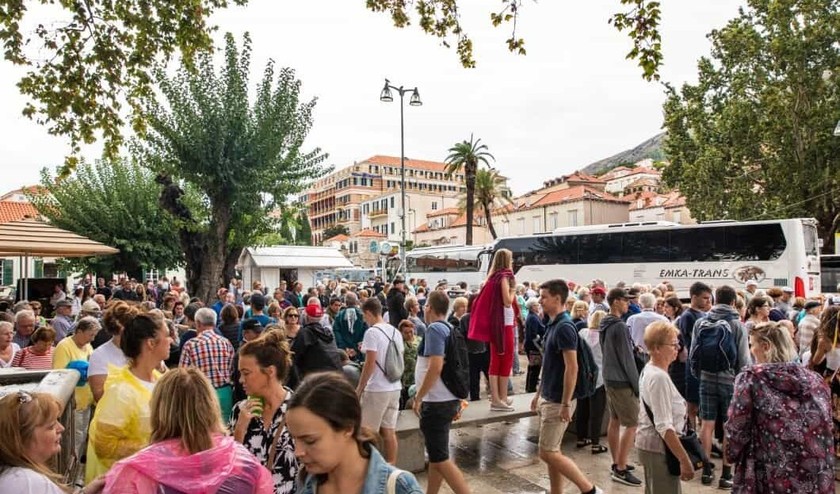 |
Overtourism is becoming more serious in Europe. (Photo: Tourism Review) |
Lessons for Vietnam Tourism Industry
Vietnam is rapidly emerging as one of the most attractive destinations in Southeast Asia. Recently, at the 31st World Travel Awards for Asia and Oceania in 2024, Vietnam tourism was honored to be named in 48 leading award categories in Asia. Specifically, Vietnam was honored as "Asia's Leading Destination 2024", "Asia's Leading Heritage Destination 2024" and "Asia's Leading Nature Destination 2024"; while Hanoi and Ho Chi Minh City also won many important awards. Another encouraging sign is that in just the first 8 months of 2024, Vietnam welcomed more than 11.4 million international visitors, an increase of 45.8% over the same period in 2023.
This strong development brings in great economic revenue, but also poses serious challenges to the environment, traffic and social life. Famous tourist destinations such as Ha Long Bay, Hoi An, Hanoi, Ho Chi Minh City, etc. are all facing overload, putting pressure on infrastructure and negatively affecting the natural environment. In key tourist areas, local people have to deal with problems such as overcrowding, traffic jams, waste and noise. Director of the National Tourism Administration Nguyen Trung Khanh also emphasized that tourist overload is one of the major problems of Vietnam's tourism industry.
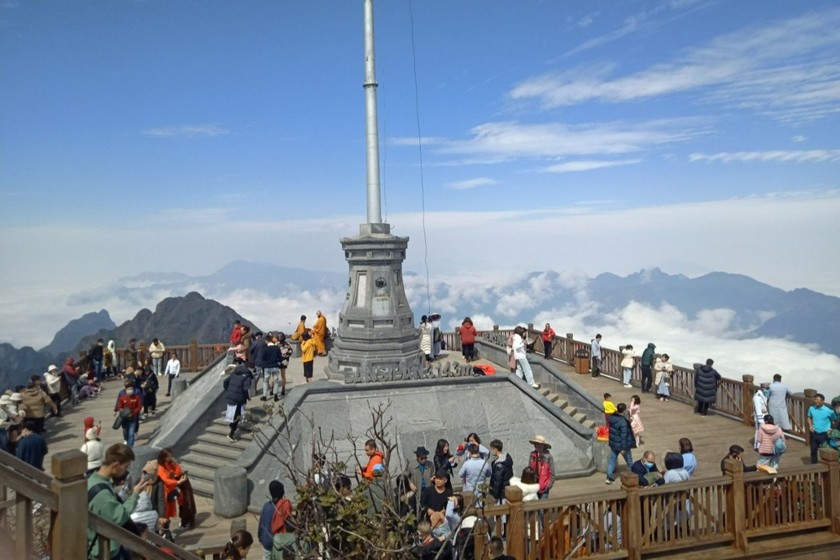 |
Many destinations in Vietnam have seen a significant increase in tourists. (Photo: laocaitourism.vn) |
One solution to this problem is to diversify destinations and tourism experiences, especially developing satellite destinations, which will help reduce pressure on major tourist destinations and bring economic benefits to other localities. For example, in Sa Pa, Lao Cai, local authorities are dividing tourism areas and developing typical products for each region, such as Bac Ha and Y Ty, to disperse visitors and reduce pressure on Sa Pa. At the same time, localities and tourism businesses also need to focus on improving service quality, investing in sustainable infrastructure and protecting destinations from overexploitation. Measures such as minimizing waste, protecting natural resources and respecting local culture should be encouraged. The UNESCO heritage city of Hoi An is a testament to the direction of sustainable tourism development based on a balance between environmental protection, culture and people's interests. Hoi An's strategies focus on the synchronous development of three areas: urban, sea and island, and rural areas, aiming to become an "ecological - cultural and tourist" city. It should be emphasized that sustainable development is a long-term process that requires appropriate planning, requires connections between destinations, active participation of the community, support from the government and a consistent policy system.
It can be seen that the country's tourism industry has witnessed rapid growth, creating the need for an appropriate regulatory framework to balance economic benefits with environmental and social issues. Overtourism is a common challenge for many famous destinations in the world and Vietnam is no exception. Accordingly, the trend of responsible and sustainable tourism is increasingly supported by many countries and tourists. Thereby, Vietnam can learn and gain experience from countries that have been successful in regulating the number of tourists and developing sustainably. For example, in New Zealand, with the commitment of both the Government and the people, the application of measures to manage tourist flows has helped this country become one of the sustainable tourist destinations, preserving its natural beauty and unique culture, while not affecting the lives of local people.
Source: https://baophapluat.vn/thay-gi-tu-hien-tuong-du-lich-quoc-te-qua-tai-post525382.html





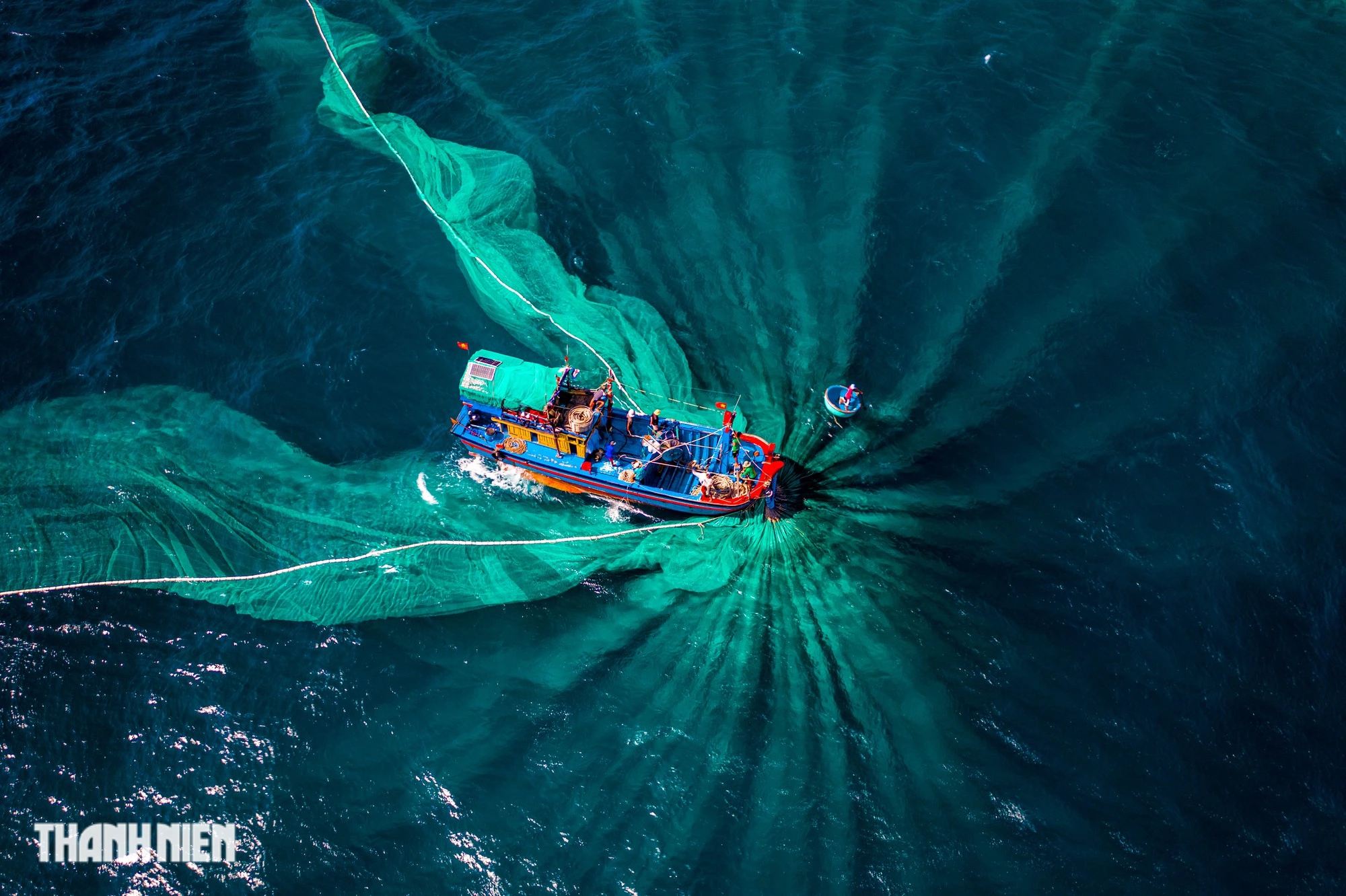






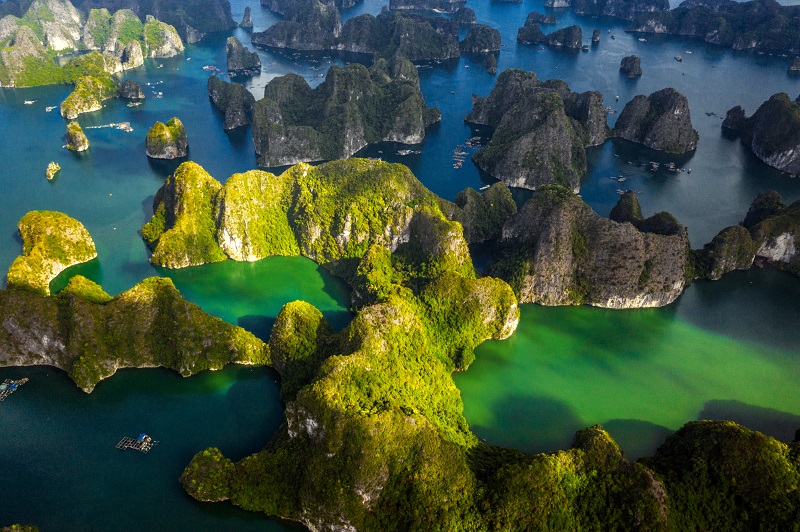







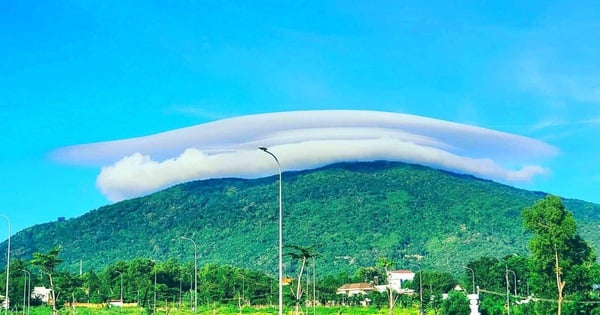
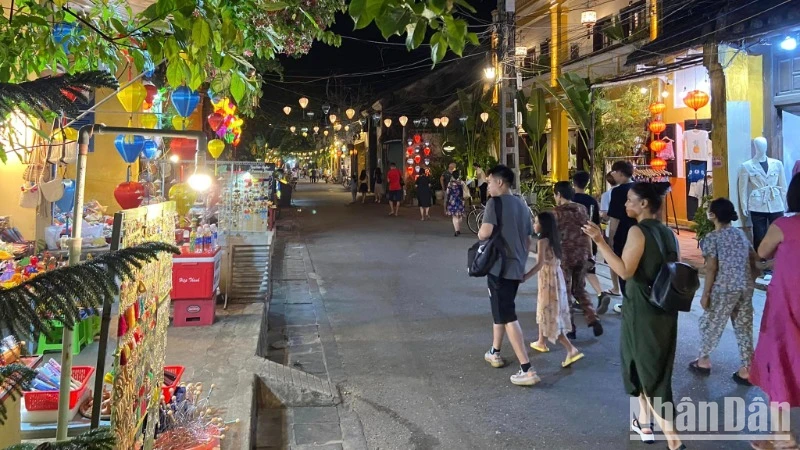










![[UPDATE] April 30th parade rehearsal on Le Duan street in front of Independence Palace](https://vstatic.vietnam.vn/vietnam/resource/IMAGE/2025/4/18/8f2604c6bc5648d4b918bd6867d08396)
![[Photo] Prime Minister Pham Minh Chinh receives Mr. Jefferey Perlman, CEO of Warburg Pincus Group (USA)](https://vstatic.vietnam.vn/vietnam/resource/IMAGE/2025/4/18/c37781eeb50342f09d8fe6841db2426c)





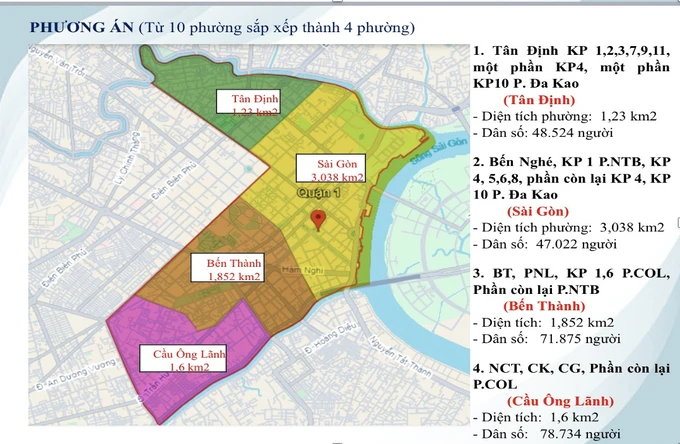

















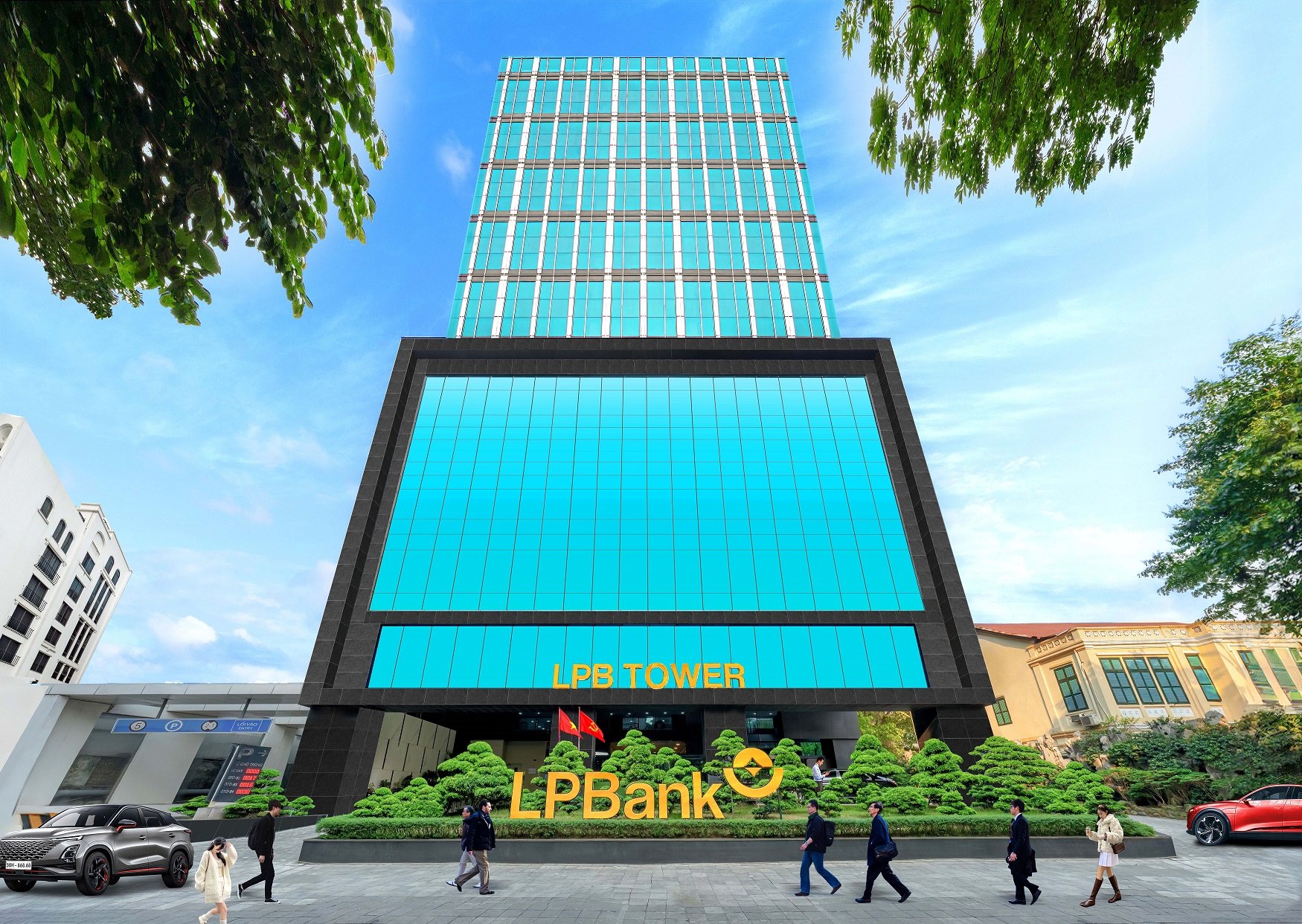



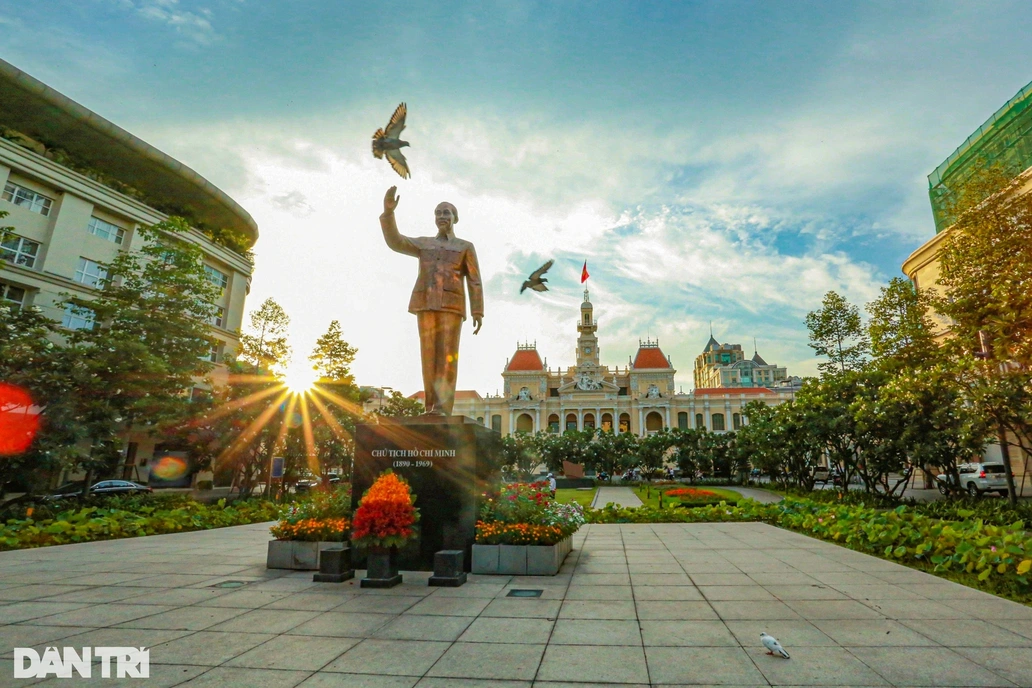






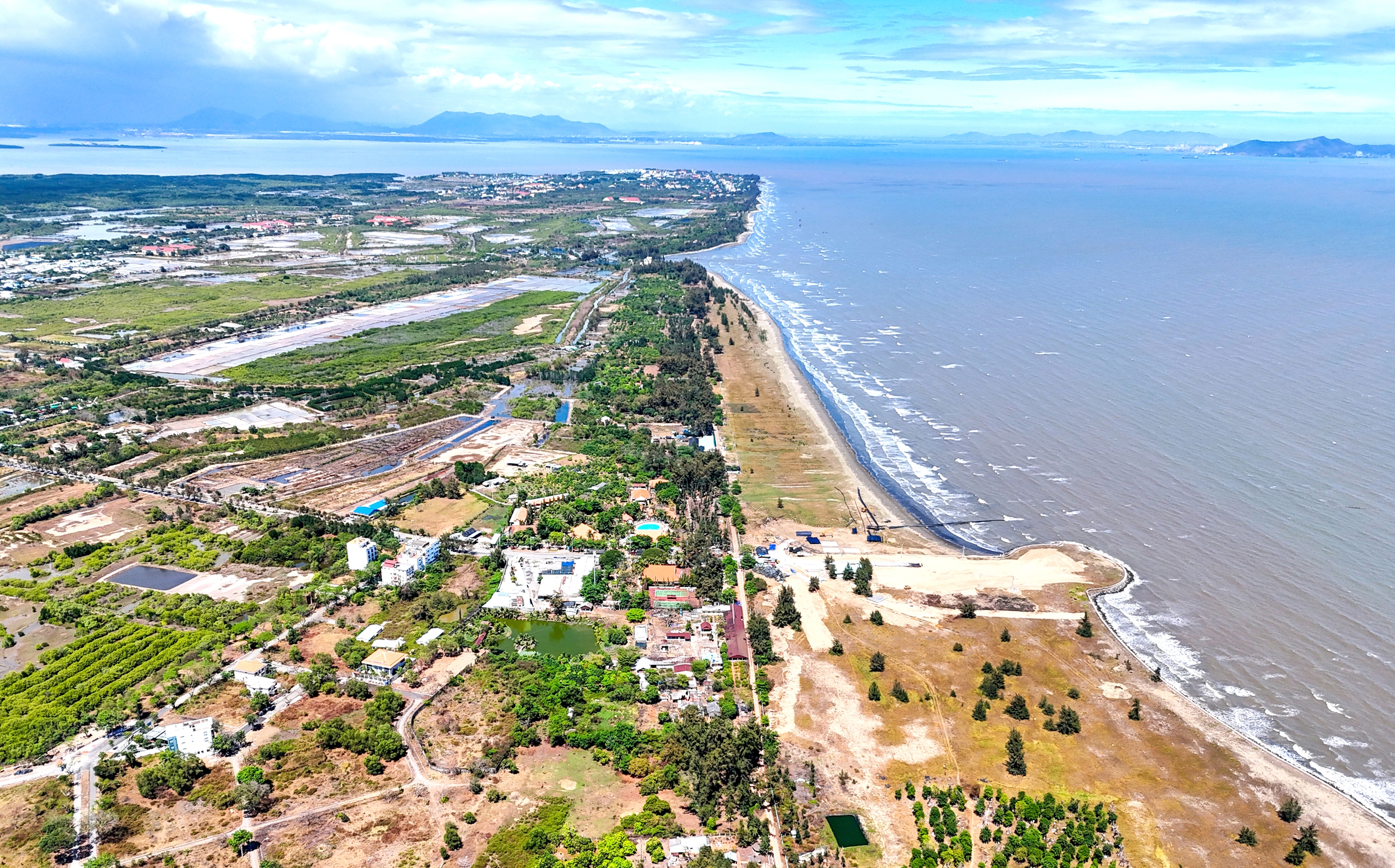



















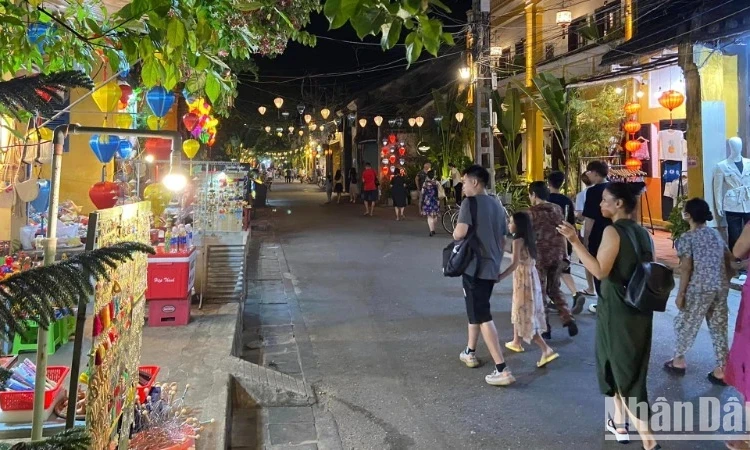











Comment (0)